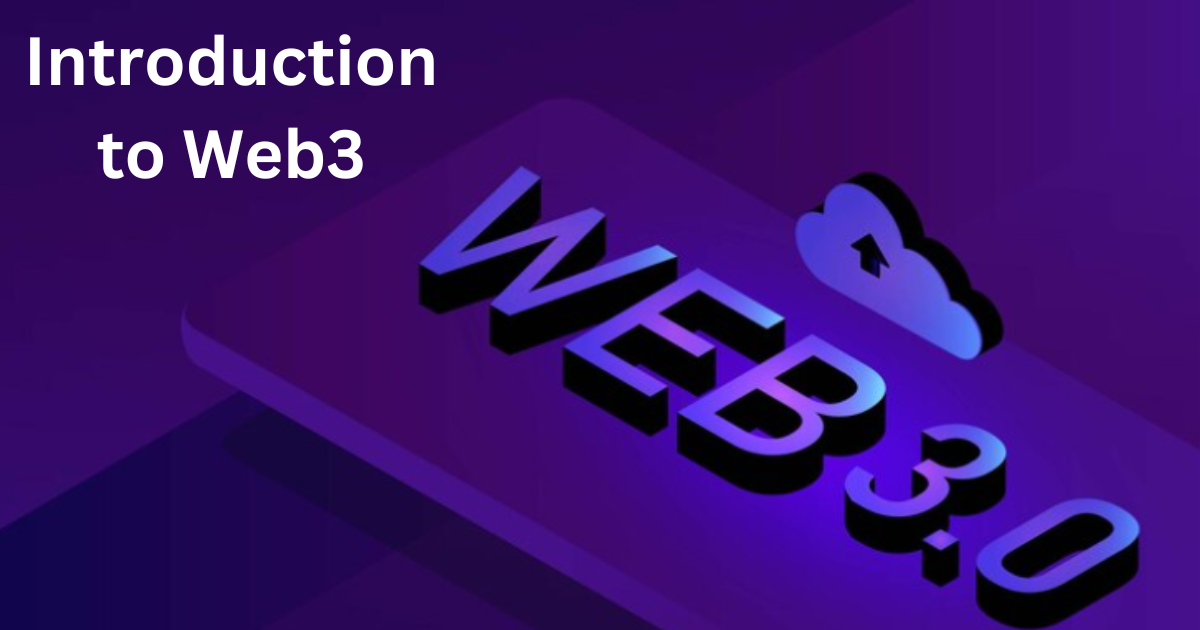Web3, also known as the third generation of the World Wide Web, is a term used to describe the integration of semantic technologies and machine-readable data into the web. The goal of Web3 is to create more intelligent and interactive web applications, as well as to facilitate the integration of the web with other domains, such as the Internet of Things (IoT) and artificial intelligence (AI).
Web3 technologies include semantic web technologies like RDF and OWL, as well as decentralized technologies like blockchain and peer-to-peer networks. These technologies enable the creation of decentralized applications (dApps) that run on a decentralized network rather than a central server. Web3 is still in the early stages of development, but many experts believe that it has the potential to revolutionize the way we interact with the internet and with each other. Some potential applications of Web3 technologies include decentralized finance (DeFi), distributed data storage, and the creation of self-sovereign identities.
Related: Introduction to Mantle Network
Table of Contents
ToggleWhy is Web3 important?
Web3 is important because it has the potential to revolutionize the way we interact with the internet and with each other. Some of the major benefits of Web3 technologies include:
- Decentralization: Web3 technologies, such as blockchain and peer-to-peer networks, enable the creation of decentralized systems, which are less vulnerable to censorship and centralized control.
- Interoperability: Web3 technologies, such as semantic web technologies, enable the integration of data and systems across different domains and platforms.
- Intelligence: Web3 technologies, such as artificial intelligence (AI) and machine learning, enable the creation of more intelligent and interactive web applications.
- Security: Web3 technologies, such as blockchain, enable secure and transparent systems for storing and exchanging data and value.
Overall, Web3 has the potential to enable the creation of a more open, transparent, and secure internet, where users have greater control over their data and their online interactions.
Web3 limitations
Web3 technologies are still in the early stages of development, and as such, several limitations and challenges need to be addressed. Some of the limitations of Web3 include:
- Scalability: Many Web3 technologies, such as blockchain, are currently limited in terms of their scalability, which means they can struggle to handle high volumes of transactions or data. This can make them less practical for large-scale applications.
- Complexity: Web3 technologies can be complex to understand and work with, which makes them intimidating for non-technical users and developers.
- User experience: Web3 technologies are still in the early stages of development, and as such, the user experience for dApps and other Web3 applications can be clunky and difficult to use.
- Adoption: Web3 technologies are still relatively new, and as such, they have not yet reached mainstream adoption. This can make it difficult for developers to find users or customers for their dApps and other Web3 applications.
Overall, while Web3 has the potential to bring many benefits, there are also significant challenges that need to be addressed to realize its full potential.
Conclusion
Web3, or the third generation of the World Wide Web, is a term used to describe the integration of semantic technologies and machine-readable data into the web. Web3 technologies, such as blockchain and semantic web technologies, enable the creation of decentralized applications (dApps) and the integration of data and systems across different domains. While Web3 has the potential to revolutionize the way we interact with the internet and with each other, it is still in the early stages of development and faces several limitations and challenges, including scalability, complexity, user experience, and adoption.



